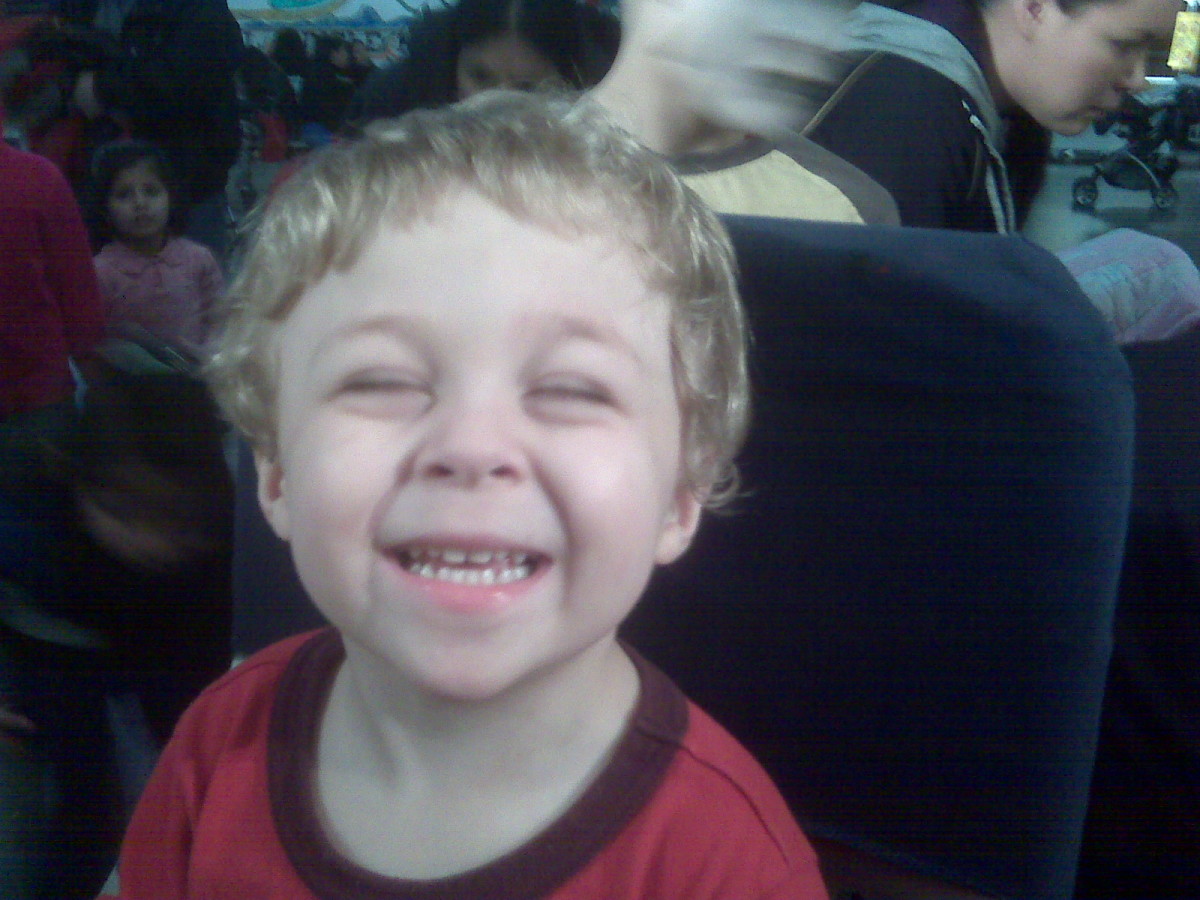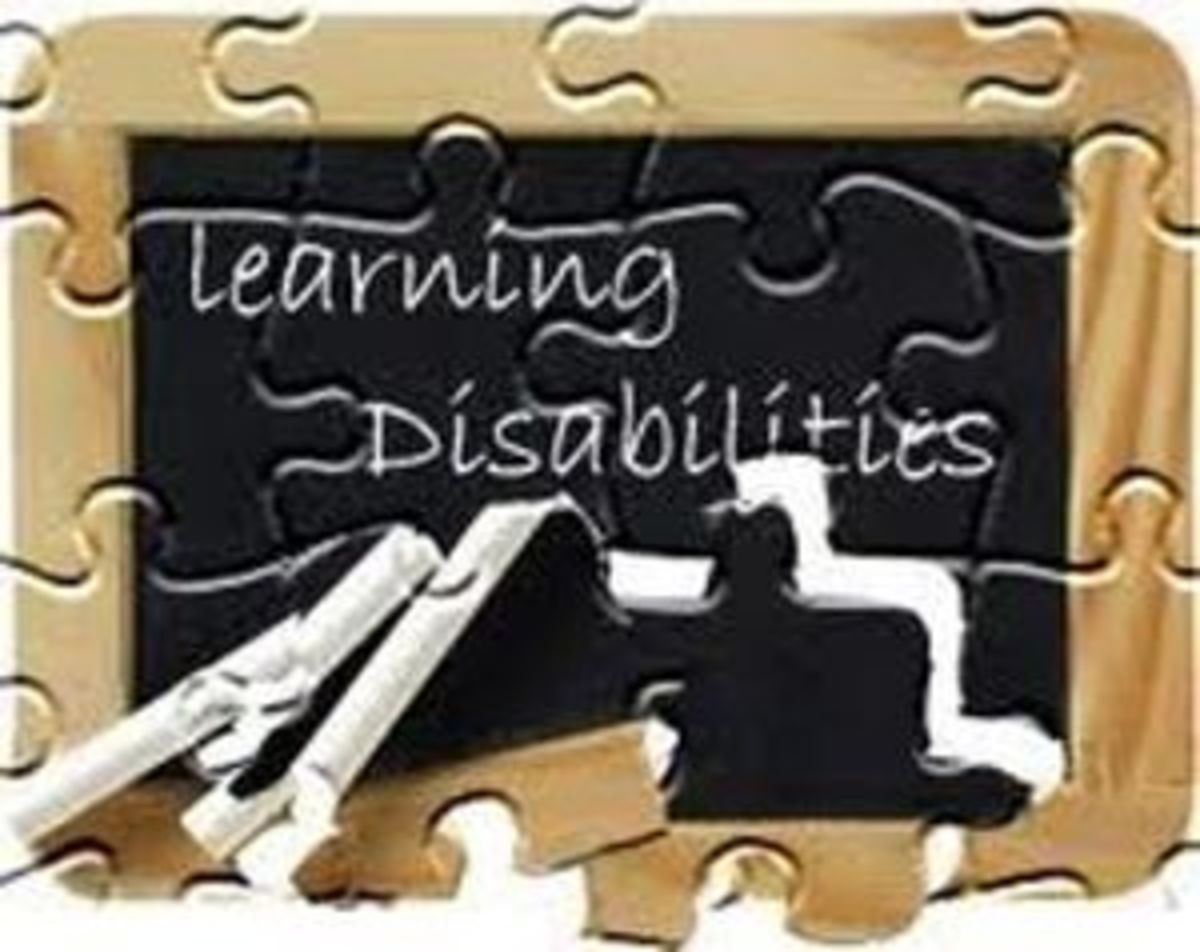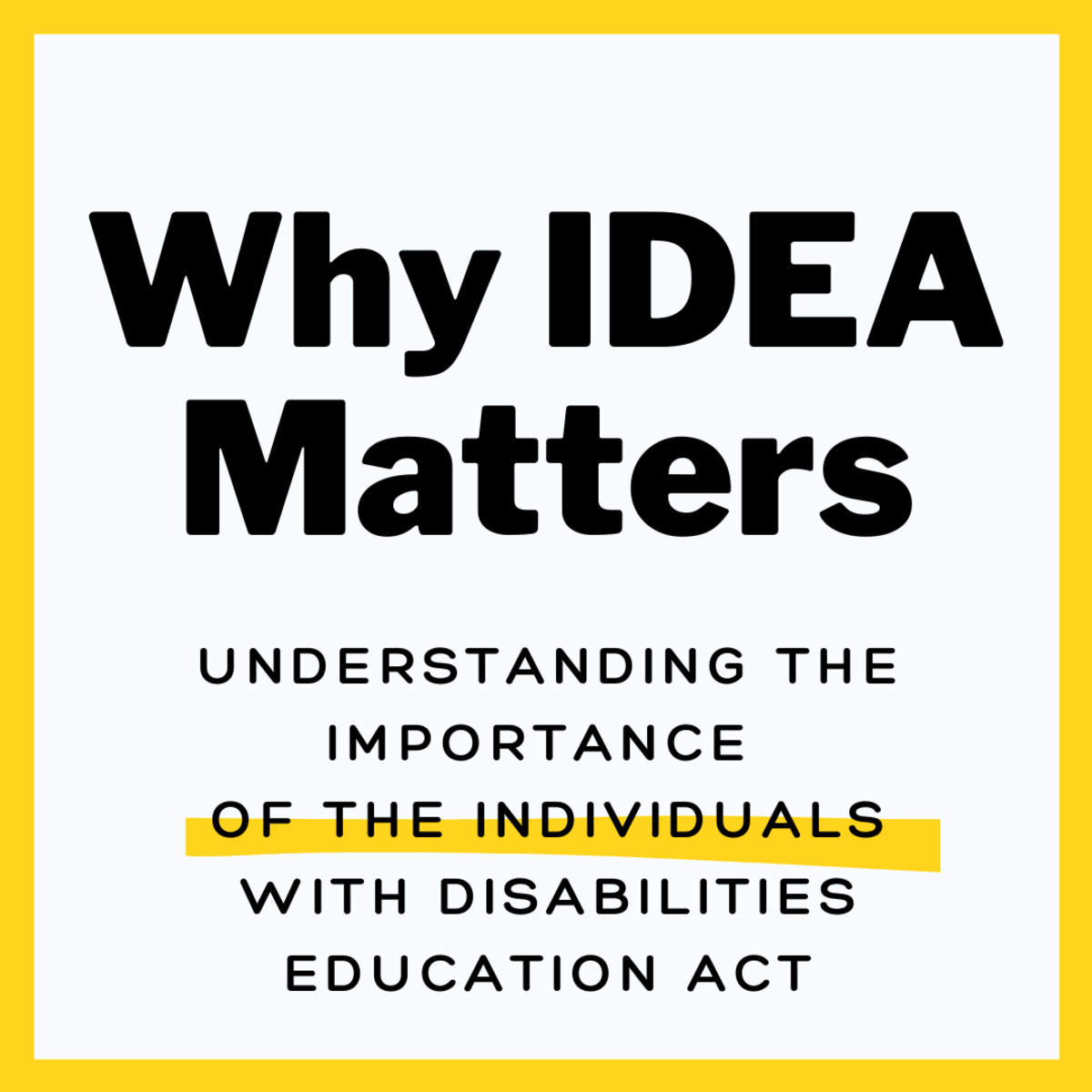Psychodynamic Views of Emotional Disabilities: What Have We Learned Over the Years
The wildest colts make the best horses....Plutarch

A History of Emotional Disabilities in Our Society
Being diagnosed with an emotional disability or mental impairment is not always an easy thing to face. In fact, diagnosis of an emotional disability has been marked with inhumane and insensitive treatment since the primitive times (Newcomer, 2003). It was during that time that people who were diagnosed with mental disorders were thought to be possessed by evil spirits. Many people really did not understand the nature of such disorders and their way of dealing with them was to release the spirits through the brain (Newcomer, 2003). According to Newcomer (2003) archeological evidence suggests that primitive man used a process called trephining to treat mental disorders.
However, this was only the beginning to a long history of unhuman treatment of the mentally ill, as such types of treatment would persist for centuries. Although attempts to change this pattern of thought were initiated by Phillipe Pinel (who advocated for humane treatment of mental patients) such an idea was resisted and inhumane treatment prevailed. Then in the 1900's life for the mentally ill was changed by a woman named Dorothea Dix (Newcomer, 2003).
Shortly thereafter, patients with mental disorders were being treated as people and new treatments were applied. This in turn spurred the movement for humane treatment of all mentally ill patients and has lead to what we now know as a general understanding of emotional and behavioral disorders so that treatments and cures can be pursued.
Schools of Thought on What Causes Emotional Disabilities
It has been suggested that the term serious emotional disturbance is one which is too broad to encompass all children who may be eligible for special education services. According to the guidelines set forth by the federal government a serious emotional disturbance is one in which marked by problematic behaviors in one or more of the five characteristic areas of functioning (Kauffman, 2005). Simply this states that children who are seriously emotionally disturbed are unable to learn and this is not explained by intellectual or other factors. However, when one interprets this we are left wondering what other factors are involved. The current definition fails to identify other factors leaving such an interpretation up to individual schools.
Furthermore, the federal definition for serious emotional disturbance indicates that children who are diagnosed often have an inability to build and maintain relationships, display inappropriate behavior in normal circumstances, are generally unhappy, and develop physical symptoms of fear associated with personal and school problems (Kauffman, 2005; Newcomer, 2003; & Heward, ). Again, such a broad definition leaves a conclusion of at true disability up to the school. Thereby, some students may be classified as emotionally disturbed in one district and not in another. The inherent problem with this definition is its lack of a concrete description. While it may indicate that emotional disturbance is marked by one or more of these characteristics, it fails to adequately define examples of each.
Although the federal government has imposed a guideline as to what constitutes a serious emotional disturbance, other perspectives have emerged that attempt to explain emotional disturbance. In fact, one such belief is based on a disability perspective (Newcomer, 2003). This belief submits to the notion that emotional and behavioral disorders are based in a biological perspective. Proponents of this school of thought suggest that the nature of the disorder manifests itself in physical states (Newcomer, 2003). Although many proponents of this belief suggest this is what defines a serious emotional disturbance, it is obvious that behavior alone cannot simply be defined by a medical problem. This belief suggest that all children with emotional disorders suffer from a physical illness thus their minds react by displaying inappropriate behaviors.
On the other hand, the deviance perspective suggests that mental disease is not inherently related to emotional disturbance (Newcomer, 2003). Instead, it is suggested that deviant behaviors are driven by societal norms. One problem with this definition lies in its inability to incorporate how some children end up being diagnosed as seriously emotionally disturbed while others are not. Would it not seem that every person could potentially be corrupted by society? How does this explain that concept?
Finally, the alienation perspective attempts to explain that serious emotional disturbance is driven by nether disease or societal norms, but rather a direction which is perpetuated by the need to self actualize one’s full potential against the pressures of societal norms. Much like the last three definitions this one suggest that all people who are diagnosed with an emotional disorder are indeed attempting to fulfill their potential. The mere fact that these definitions fail to account for other factors in the presence of each indicates that there is bias on the part of the proponents of each school of thought. It would suffice to say that emotional disturbance is caused by several factors, all determining what course of treatment needs to be taken and the prognosis for each case.
A Final Analysis: A Variety of Factors Leads to Disagnosis
As with each attempt to explain what constitutes an emotional disturbance, several models have been formulated suggesting that emotional and behavioral disorders are due to several different factors. For instance, the biological model is an attempt to explain how emotional disturbance is due in part to factors that are beyond our control. Such factors include genetics, biochemical malfunctions, and developmental delays (Kauffman, 2005 & Newcomer, 2003). Much like the disability perspective, the biological theory relates emotional disturbance to deficiencies in our development or inheritance from our parents. Although this might seem like a logical theory and has proven to be adequate in some cases (such as twin studies) how might we explain those cases where one child in a family has an emotional disability while another does not. Biological processes alone cannot explain all cases and professional should use discretion when looking at what leads to emotional disabilities.
The next theory suggests that emotional disabilities are psychodynamic in nature, simply meaning they are due to the different types of mental disabilities people are diagnosed with. This model bases all malfunctioning on the processes which occur in people’s minds (Newcomer, 2003). This school of thought has been typically referred to as the freudian ideology, stating that our personality controls our behavior. Freud suggested that the interactions between the id, ego, and superego could end up resulting in conflict (Newcomer, 2003). Furthermore, due to such conflicts in our personality we tend to develop defense mechanisms to cope (Newcomer, 2003). Although this might seem like a logical perspective, it leaves one to wonder how some people might have been conflicted during their development, yet never be diagnosed with an emotional and behavioral disorder. Perhaps, as with other theories, other factors are unaccounted for.
In summation, it would appear that when looking at what drives an emotional and behavioral disorder professionals need to be aware of the individual they are working with. There are many different variables at work when looking at what causes an serious emotional disturbance in some children and not others therefore we cannot simply rely on one definition or theory alone.
References
Kauffman, J.M. (2005). Characteristics of emotional and behavioral disorders of children and youth. Upper Saddle River, NJ: Pearson Prentice Hall.
Heward, W.L. (2003). Exceptional children: an introduction to special education (7th ed). Upper Saddle River, NJ: Merrill.
Newcomer, P. (2003). Understanding and teaching emotionally disturbed children and adolescents. Austin, Texas: Pro-Ed.









